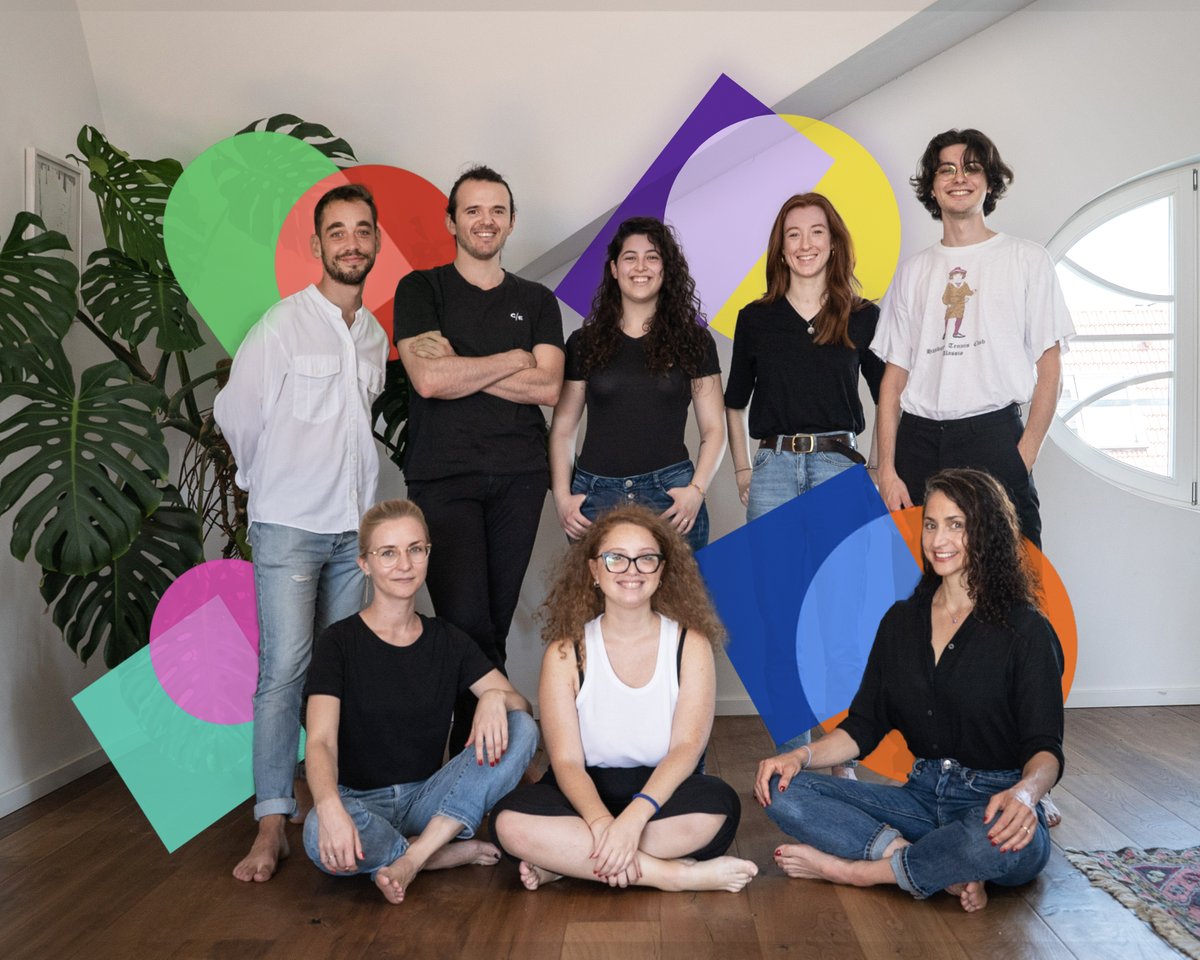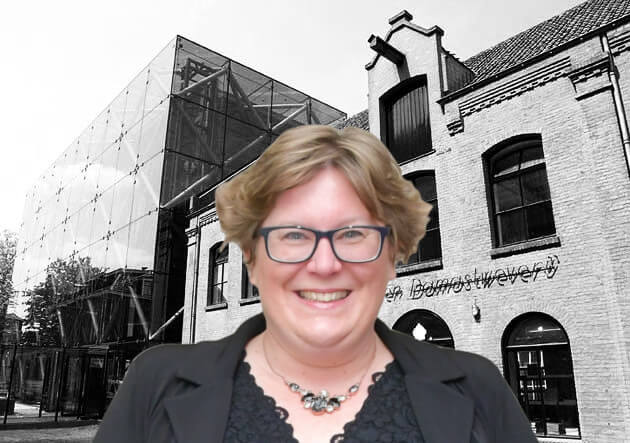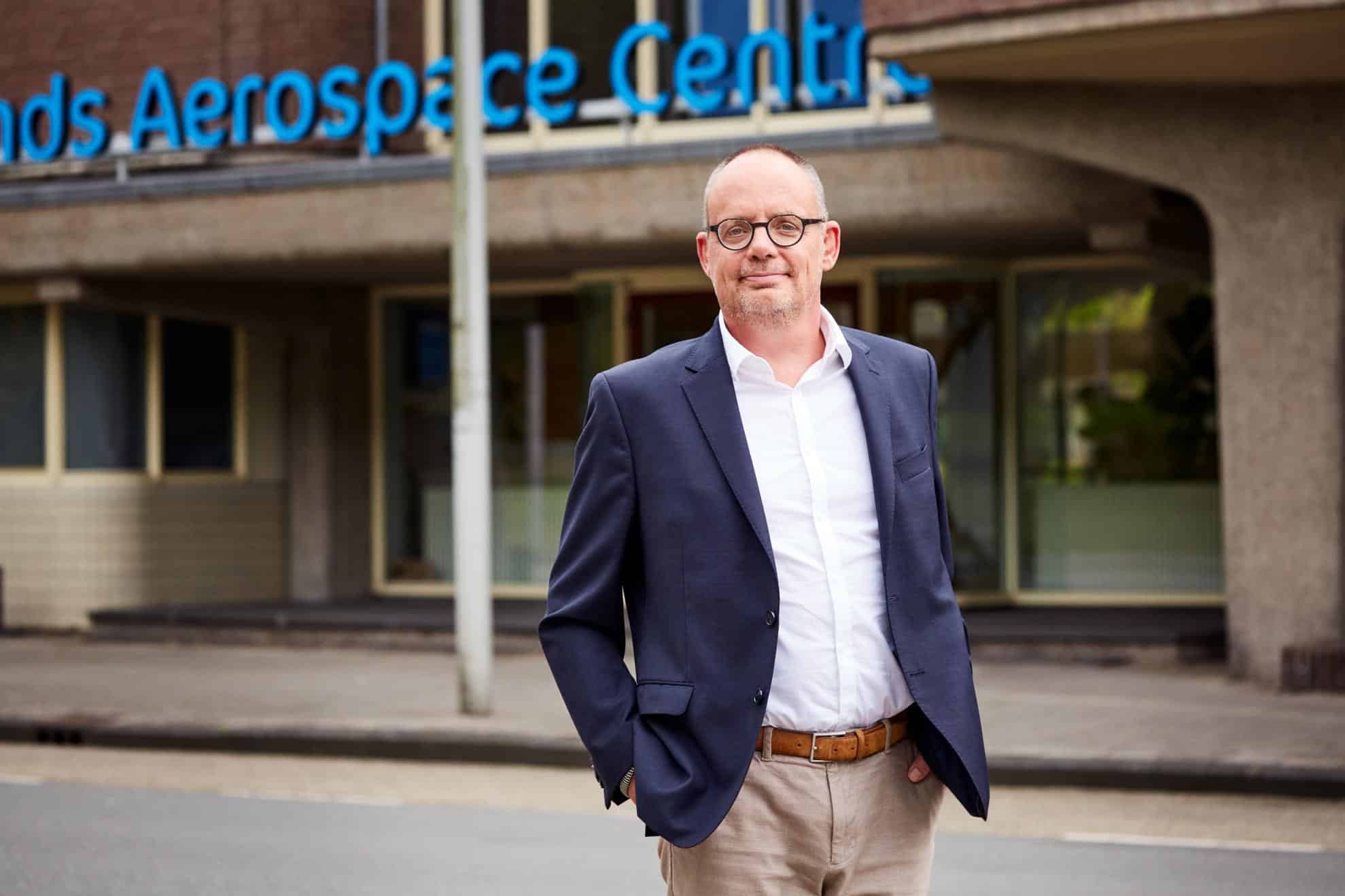
In a knowledge economy where innovation predominates, we cannot do without effective education. Teachers are role models for the innovators of the future. At the same time, education is collapsing under pressure. Not only does this adversely affect education itself, but also the future generation of innovators. To train the innovators of the future, we have to go back to the basics of education. The foundation for this is the inspiring teacher. A teacher who follows their heart, who lets their passion flow and takes others with them into their challenging and passion-driven fervor. What is it that makes a teacher inspiring and how can we give them the space they need?
It starts with the why
Teaching is improved and made more fun by asking yourself, as a teacher, one single question: ‘Why do I find this subject I am teaching so interesting?’ If you have a clear idea of what you yourself find interesting and what moves you, then you will also be able to convey that to others. If students can understand through you that what you are teaching them is interesting, captivating or important, they will naturally want to learn more.
This question as to what you yourself find interesting about what you want to teach sounds really simple, but the answer to it is in essence quite complex. That answer needs time to think it over. Therefore, offering space to the inspiring teacher means, in the first place, that there is enough room to think. Time to reflect on what you want to teach, time to properly prepare for a lesson and time to literally let passion flow.
Passion
The essence of being an educator is formed by passion. Passion begins with being inspired yourself and being able and willing to pass that inspiration on to others. The ability to inspire students goes beyond the personality or charisma of a teacher. Among other things, it has to do with innovativeness, creativity, and the skill to handle different perspectives (Cotterill, 2015). Inspiring teachers have the courage to challenge not only themselves but also their students to take that passion a step further again and again. Providing space for the inspiring teacher, then, in the second place, means providing space for courage. Room for experimentation, for mistakes, for deeper learning, for study, for challenges.

Passion and compassion
The teachers who truly excel in the eyes of students also add compassion to that passion. From an analysis into the motivations of 2,300 students from the UK, the following conclusions were drawn: “Students want staff who are enthusiastic about their subject area, academically stimulating with up-to-date, knowledge of their field, yet who care for them as individuals who recognise their potential as well as their weaknesses” (Bradley, Kirby & Madriaga, 2015).
This nurturing, compassionate nature that the good teacher possesses is frequently found in the academic literature concerning inspirational teaching. This is the conclusion drawn by Iris Nierenberg and Robert Burke: “Inspirational teachers were thought to be caring, positive about life, and dedicated to their students”.
Pat on the back
That compassionate consideration for students now usually takes place somewhere in between everything else they have to do. In other words, time for a good chat is often lacking. So, offering space to the inspiring teacher means, in the third place, that there is time for compassion, time for paying attention to the other person, time for having good conversations, time for that pat on the back and for that sympathetic ear.
When the inspiring teacher is a combination of passion and compassion, then is the current education system still a good fit? We have come to rely more and more in recent decades on measurable elements that are mainly concentrated on what is cognitively measurable. Do those measurable aspects still fit in with passion and compassion?
During a lecture on change management, I once heard about a shift from SMART (Specific, Measurable, Achievable, Realistic, Time-based) to SMILE (Storytelling, Mission driven, Intelligent, Love, Empowering). In order for good teachers to excel so that our students are able to flourish, I believe that education needs precisely this kind of transition: from SMART to SMILE. It is specifically within SMILE that substantive passion and human compassion converge.

The bar is high and the threshold is low
Years ago, when I had the opportunity to give a lecture on the inspiring teacher, I summarized the academic literature concerning inspirational education as follows: inspiring teachers set the bar high and the threshold low. They challenge the other person and at the same time, are always approachable and willing to help. However, they set the bar high not only for the students but also for themselves. It is not for nothing that the percentage of teachers suffering from burnout is far above the national average in The Netherlands.
In this sense, passion is not always a good thing. Passion has a downside, the passion paradox, which involves suffering that can manifest itself in the form of depression or burnout. It is this passion paradox that causes the best, most passionate teachers to be beaten down. If we want to stop education from collapsing under pressure, then this starts with compassion for the teacher.
Let us all make sure that teachers with self-compassion are able to do their passion-driven work. Let’s be kind to them and ask them to be kind to themselves. On this last front, teacher training programs have a crucial role to play: instill self-compassion in young teachers, teach them to be kind to themselves and not to set the bar too high for themselves so that passion can continue to flow in a sustained way.
About this column:
In a weekly column, alternately written by Eveline van Zeeland, Eugène Franken, PG Kroeger, Katleen Gabriels, Carina Weijma, Bernd Maier-Leppla, Willemijn Brouwer and Colinda de Beer, Innovation Origins tries to figure out what the future will look like. These columnists, sometimes joined by guest bloggers, are all working in their own way to find solutions to the problems of our time. So tomorrow will be good. Here are all the previous articles.








